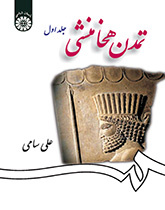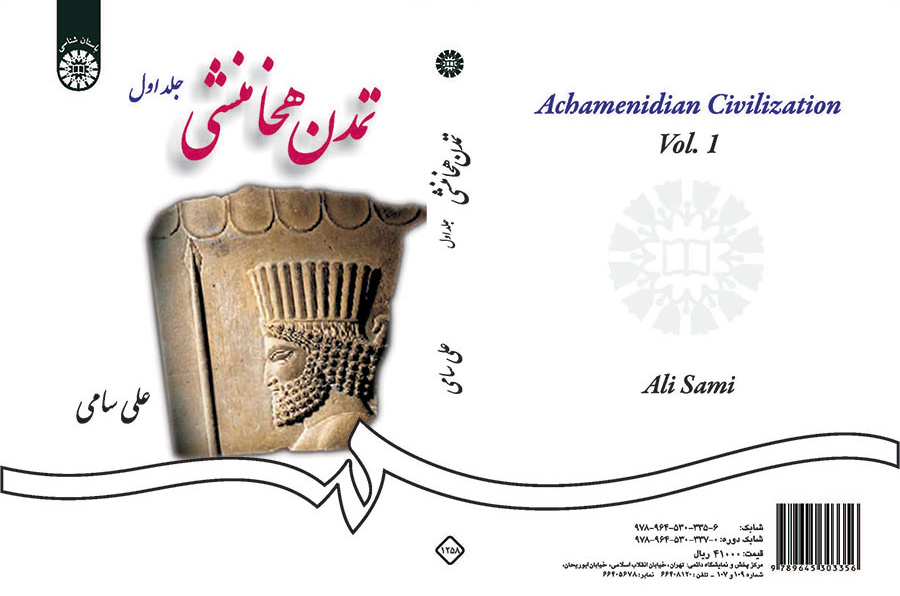

Achamenidian Civilization (Vol.I)
Prepared for students of Archeology as the main textbook for “Archeology and Achaemenid Art” course, this book introduces Achaemenid civilization and reviews the language and writing system of this civilization.
During 375 B.C. to roughly late sixth century B.C., Iran of Achaemenid era was almost the only sovereign ruler of all then civilized nations but Greek. Each of the said countries was itself the heir to earlier millennium-old civilizations. Achaemenid nation were the first who exchanged their religious beliefs and material and spiritual culture among the eastern and western world.
Achaemenid civilization possessed a conspicuous art, which appears to be a combination of native and Arians' (Median and Persian) art. Today, just a small part of those ancient works of art is shown in Pasargadae monument. This dynasty had a highly upper hand over other dynasties through the history of Iran in the breakthroughs they achieved in different fields as art, cultural development, knowledge expansion, constructing great palaces, building roads, coining money, agricultural techniques, livestock farming, boosting economic potential and establishing disciplined bureaucracy.
In the first volume of the "Achaemenid Civilization", the author reviews the status of monarchs, their kingdom and the state affairs, the history of handwriting and language in Iran, education and knowledge growth during Achaemenid era, and a brief history of excavation. In addition, the contents are provided along with related pictures.
The book is presented in 11 individual chapters. The Achaemenid civilization; the Aryan race, language in Achaemenid era, history of writing in Iran and Persian cuneiform, the evolution trend in writing and other ancient nations’ writing, Achaemenid inscriptions like that of Bisotoun, Aryarmena golden slate, Arshama golden slate, inscription of Suez Canal, clay slates of Takht-e-Jamshid, etc.; two century-long attempts of European scientists to decode Persian cuneiform and the list of the scholars who tried to decode Sumerian handwriting; Aramian writing in the Achaemenid kingdom territory; Achaemenid knowledge (schools, colleges, almanacs, …); educational system in Achaemenid era; archeological excavations and European and Iranian scholars in Mesopotamia; west Asian countries; Iran history (from 19th century on) have been reviewed and studied. The book is also furnished by pictures.





